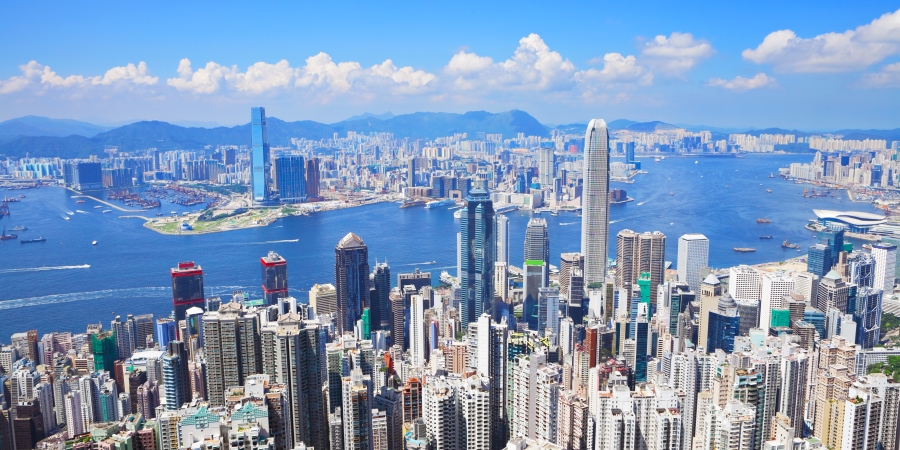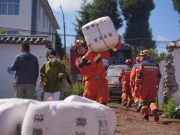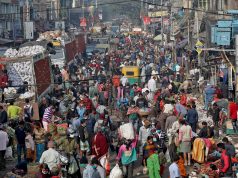The UBS Global Real Estate Bubble Index 2018 reported that bubble risk or a significant overvaluation of housing markets in most major developed market financial centers was a reality.

Bubble risk appears greatest in Hong Kong, followed by Munich, Toronto, Vancouver, London and Amsterdam. Major imbalances also characterize Stockholm, Paris, San Francisco, Frankfurt and Sydney. Valuations are stretched in Los Angeles, Zurich, Tokyo, Geneva and New York. By contrast, property markets in Boston, Singapore and Milan seem fairly valued while Chicago is undervalued.
Typical signs of a bubble include real estate prices rising out of sync with incomes, as well as economic imbalances like excessive lending and construction activity, according to the bank’s researchers. Unlike the boom of the mid-2000s, there’s no evidence of simultaneous excesses in lending and construction, the report said, and outstanding mortgage volumes are growing at about half of the rate of the pre-crisis period.
“Although many financial centres remain at risk of a housing bubble, we should not compare today’s situation with pre-crisis conditions,” Mark Haefele, chief investment officer at UBS Global Wealth Management, said in a statement.
Incomes simply aren’t climbing fast enough to keep up with the prices in many areas. For a skilled service worker in Hong Kong, it would take 22 years of their average annual income to buy a 60 square metre apartment near the city centre. A decade ago it was 12 years.
For other cities, buying real estate is more feasible. In Milan, it would take 5.7 years of annual income; it would be under five years for Chicago, Boston and Los Angeles.





































